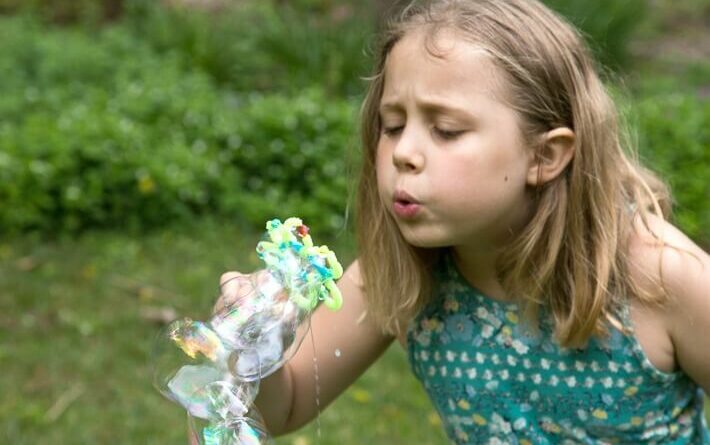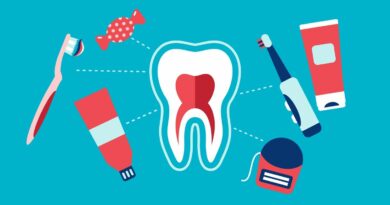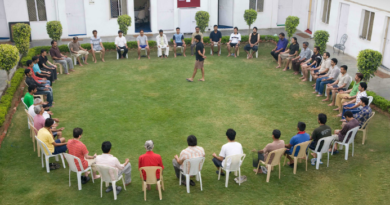How to Make Homemade Bubble Solution
Playing with bubbles is one of the pet activities children enjoy. In fact, there are times when they finish the complete soapy solution by blowing bubbles on each other in one go. That’s a lot of fun, but buying these bubble solutions each time is a hassle for parents both in terms of cost and effort to find the soapy water in stores. That’s why it’s best to make a bubble solution at home so that your kids can have endless fun. With just a few things and an easy recipe, you can make a homemade bubble solution within no time.
In fact, you kids too can join you to learn how to make a bubble solution at home. This will help them learn certain science concepts like measuring while they add certain ingredients to have strong and big bubbles.
In this article, we will tell you the easiest way of making a bubble solution at home.
Things You Need To Prepare a Homemade Bubble Solution
In order to prepare a homemade bubble mixture, you would need:
- Liquid dish soap or liquid such as Blue Dawn or Joy (because using them makes some of the best bubble solutions)
- Warm water can be tap water. However, distilled water gives the best results.
- A container
- Sugar, glycerin, baking powder, or corn starch syrup
- Bubble wand or straw
How to Prepare a Homemade Bubble Solution?
Making a homemade bubble solution is very easy. All you need to do is follow these easy steps once you have the aforementioned things ready.
- Take the clean container and pour 4-6 cups of warm water into it. If you take 4 cups, the proportions for ingredients like the liquid dish soap and the secret ingredient like sugar, glycerine, corn syrup, etc will vary. So to avoid confusion, let’s go with 6 cups of warm water.
- Now, add 1 cup of liquid dish wash soap into 6 cups of water in the container and whisk it until it mixes well. Make sure there are no bubbles as you mix the dish wash soap with water.
- Once this is done, add 1 tablespoon of glycerin or ¼ cup of corn syrup into the dish wash soap and water mixture. Now, whisk the solution well until glycerin or corn syrup mix well with the solution.
- The homemade bubble solution is ready. You may use the solution immediately. However, it is better to leave the mixture for a few hours or overnight so that your kids get big and strong bubbles.
- To use the solution, dip a bubble wand or a straw into the solution, gently pull it out of the solution, and then slowly blow to make bigger bubbles and more bubbles in a single breath.
What Creates Those Strong Bubbles That Last Long?
A single bubble has a soap solution on its outside that is made up of three layers. These include soap, water, and then soap, in that order. This is called a soap film. When you dip the bubble wand in the bubble solution and blow, the water stuck between the two layers of soap evaporates to form a bubble.
The glycerin and corn syrup mix pretty well with soap and make it thick. Now, the thick outer making of the glycerin bubbles prevents the water from evaporating that quickly, giving you longer-lasting bubbles.
Likewise, glycerin makes the bubbles stronger so that you can blow out big bubbles with a straw or a bubble wand.
Read: Best Fidget Toys
What is the Science Behind Making Bubbles?
You may wonder how adding these secret ingredients helps make bubbles. However, there is science backing these stronger and bigger bubbles that come out of your bubble wands.
Water in itself is made up of a number of small molecules. There is a strong attraction between these molecules which makes them stick to each other. This is called the surface tension which is higher in the case of plain water. That is why the bubbles in plain water are small and quick in bursting.
But, when you add liquid dish soap or detergent to plain water, it reduces the surface tension. This reduction in the surface tension helps in forming larger bubbles. Further, adding glycerin and corn syrup, as explained above, helps the bubbles to stay longer. This is because it allows water to stick between the two layers of soap, but not as quickly.



